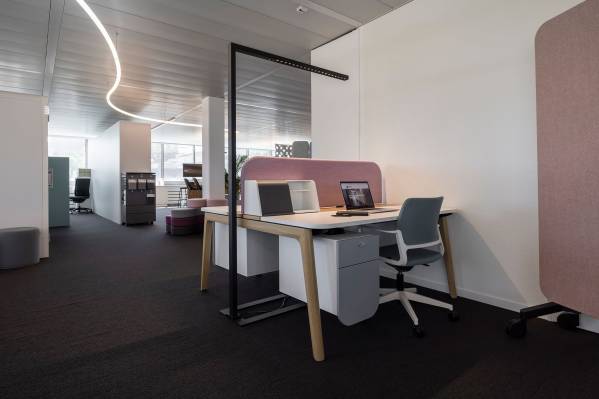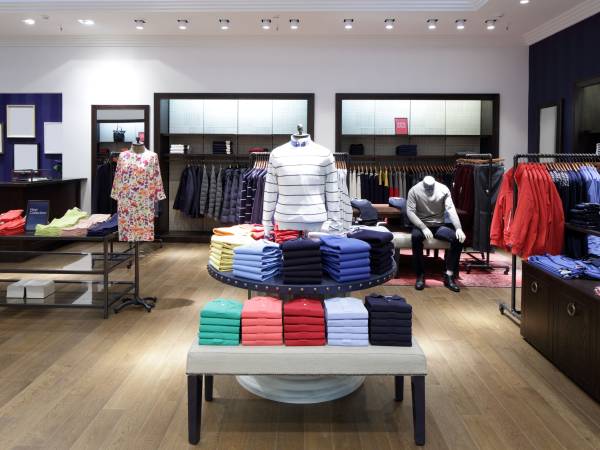1. Uniformity and illuminance value
Good uniformity is around 0.6 Uo and avoids unnecessary contrasts, making it easier to see and concentrate. If the contrast is too high, the eye is assaulted and the performance gradually decreases. For this reason, we recommend a lighting level of around 500 lux in the workplace. This intensity is within the optimum surrounding area and results in a uniform and pleasant appearance of the lighting to the eye.
2. Colour temperature
In terms of light tone, a natural, daylight-like atmosphere is the benchmark. Not too hot, not too cold, it is important to feel good at your workstation. To this end, a colour temperature of 4000K is the most suitable and comfortable for the eye. Often used in offices, showrooms, hair and beauty salons, kitchens and schools, this value produces a perceived neutral white light and keeps users stimulated. It is therefore ideally suited to lighting work areas.
3. Indirect lighting
In contrast to direct lighting, indirect lighting transmits the light produced to the eye by means of a reflective medium; for example walls or ceilings. This results in better diffusion and less glare. Thus, its properties make it ideal for creating a more subdued and less aggressive ambient light than with direct lighting.
4. UGR <19
The European standard EN12464 prescribes that workplaces should have a UGR value of less than 19. This value is associated with activities such as reading, writing, holding meetings or working with a screen. The UGR is based on a formula for calculating perceived glare that takes into account all the luminaires in the installation that may contribute to it. Correctly measuring and adjusting the amount of light and light intensity will ensure that the visual comfort level is in accordance with the relevant standards.
5. CRI
The colour rendering index defines the ability of a luminaire to correctly reproduce all colours, with a maximum value of 100 (equivalent to daylight). For occupations requiring near-perfect representation of the entire colour spectrum, it is recommended that products with a CRI value of over 80 be selected.
6. Microprismatic diffuser
Since too much direct and therefore uncomfortable lighting results from poor light distribution, luminaires with a diffuser that provides the widest possible and most even dispersion should be selected. Microprismatic diffusers offer a simple and effective solution to this problem. Taking the form of large or small tiles lined with tiny prisms, these luminaires guarantee a diffusion that minimises the sensation of glare by deflecting the light rays in multiple directions.







